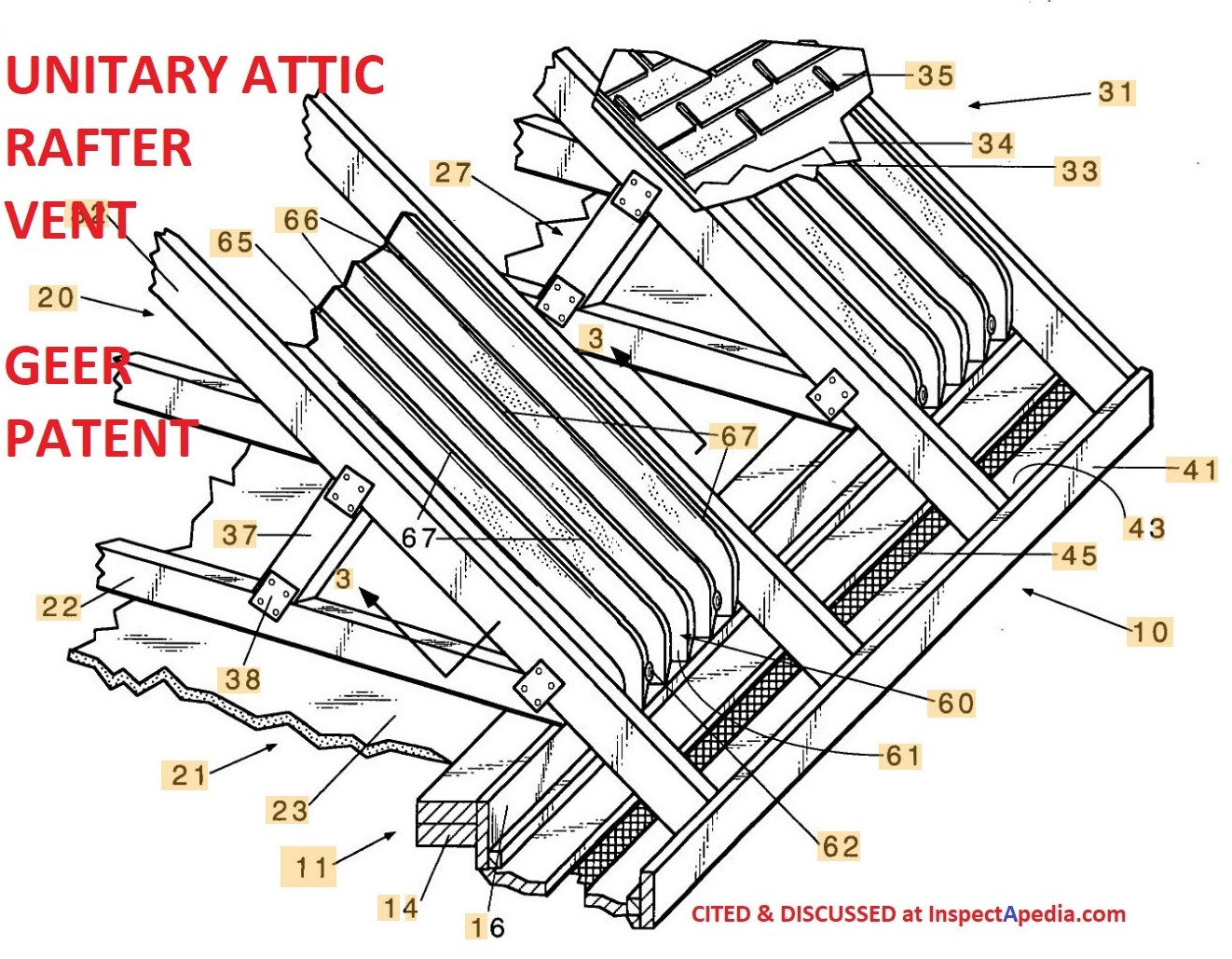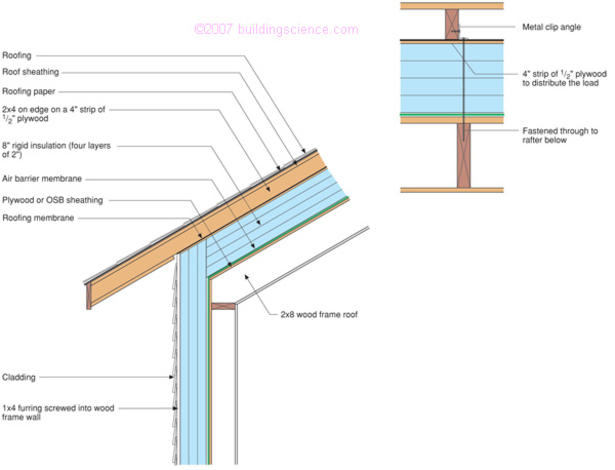In cold northern climates snow can be blown in through these openings accumulating melting and causing damage to the ceiling or creating the potential premature structural failure or mold growth inside the roof assembly.
Northern climate roof venting.
Unventing attics in cold climates saves.
The ceilings were typically constructed of plaster with little or no insulation.
The intent of roof venting varies depending on climate but it is the same if you re venting the entire attic or if you re venting only the roof deck.
This comprehensive collection of articles and videos on roof venting will help you throughout every step of the process whether you re still weighing the options or are beginning installation.
The roofing was typically asphalt or coal tar built up roofing applied directly to the roof deck.
Our field measurements and computer modeling show that without attic venting the temperature of the underside of the roof sheathing increases by 10 f 20 f.
In cold climates this is an advantage.
Unventing roof assemblies in most cold climates decreases the heating load by about 10.
In areas subject to.
Roof ventilation in a cold climate vents moisture and ensures a cold roof temperature to avoid ice dams.
In a cold climate the primary purpose of ventilation is to maintain a cold roof temperature to avoid ice dams created by melting snow and to vent any moisture that moves from the conditioned living space to the attic.
Warming up to unvented roofs the underside of the roof sheathing is where the real benefits of not venting roof assemblies are found.
That answers the energy question.
The option you choose will be contingent on factors such as the type of roof you re working with and the local climate.
The roof design included an interstial space of 1 5 to 2 meters between the ceiling and roof deck.
In coastal climates wind driven rain can be blown in through these openings with similar results.















































